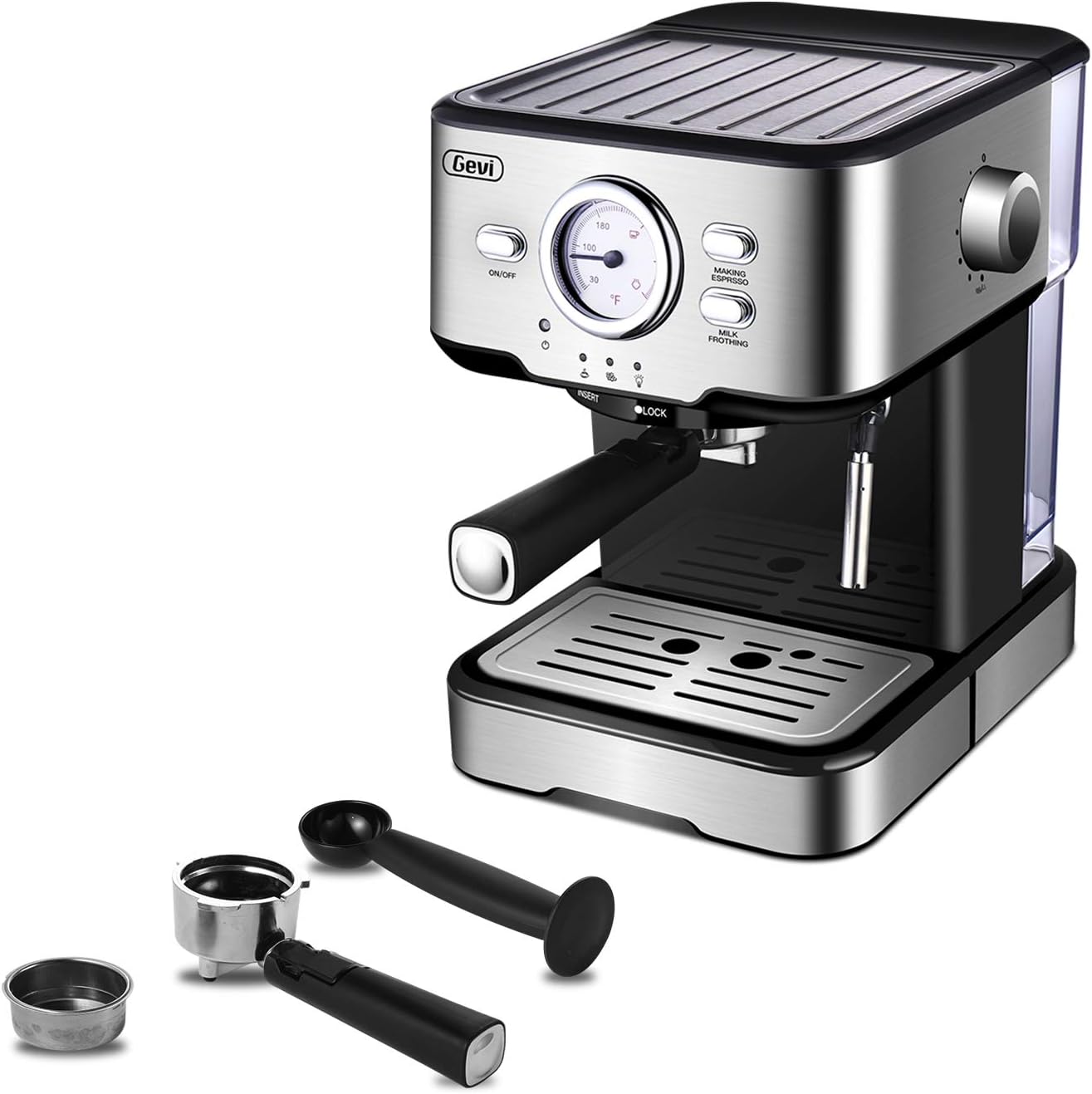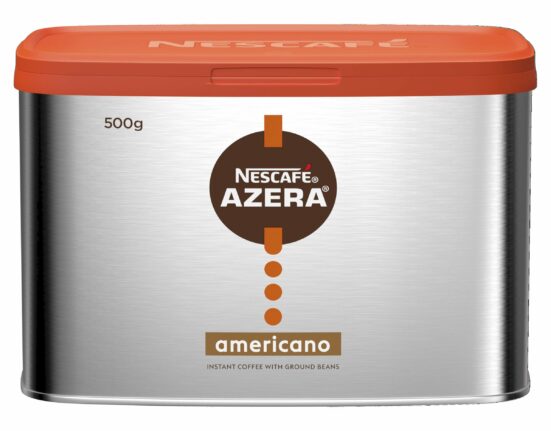Espresso machines have long captured the imaginations of coffee enthusiasts, offering a front-row seat to the alchemical process of transforming simple coffee beans into a velvety and aromatic brew. Among them, the single-phase espresso coffee machine emerges as a practical marvel, appealing to both the casual drinker and the meticulous barista. This exploration delves into the operational intricacies, design philosophies, and cultural implications of these machines, highlighting their significance in contemporary coffee culture.
The allure of espresso lies in its potent concentration and robust flavor, achieved through the application of pressure in a controlled environment. Single-phase espresso machines capitalize on this principle by harnessing a singular source of electrical power, thereby simplifying operation while ensuring that users can produce high-quality espresso with relative ease. This technology has developed in tandem with a growing interest in specialty coffee, aligning consumer desires for both convenience and sophistication.
To appreciate the transformative potential of single-phase espresso machines, one must consider the chemical intricacies of espresso extraction. The process involves a meticulous balance of water temperature, pressure, and time—ultimately aiming to extract the coffee’s essential oils and flavors efficiently. Traditional espresso machines typically require significant energy output, necessitating three-phase power to generate the requisite steam and pressure. In contrast, the single-phase variant offers a more accessible approach, requiring standard household voltage and simplifying installation in both domestic and commercial settings.
Notably, the user experience is greatly enhanced by the straightforward operation of single-phase espresso machines. Unlike their more complex counterparts, these machines often incorporate user-friendly interfaces, enabling coffee aficionados at all levels to master espresso extraction. The inclusion of intuitive knob and button layouts transforms coffee preparation into an enjoyable ritual rather than a daunting task. Indeed, by lowering the barrier to entry, the single-phase espresso machine invites a broader audience into the world of espresso, cultivating a newfound appreciation for this time-honored beverage.
The single-phase espresso machine also reflects a burgeoning trend towards sustainability and efficiency. As consumers become increasingly aware of their ecological footprint, manufacturers have aimed to craft machines that consume less energy without compromising performance. Innovations such as thermoblock heating systems and energy-efficient components render these machines an appealing choice for eco-conscious consumers, allowing them to indulge in their caffeine cravings while adhering to principles of sustainability.
While the functionality of single-phase espresso machines deserves commendation, one must not overlook the aesthetic dimensions that contribute to consumer appeal. In an era defined by visual culture, the design of these machines transcends mere utility; it becomes a statement piece within the modern kitchen. Sleek lines, polished surfaces, and meticulously curated color palettes evoke a sense of sophistication, connecting the sensory pleasures of good coffee with the visual arts. Thus, the single-phase espresso machine serves as both an appliance and an object of desire, encouraging users to explore their culinary creativity.
The cultural ramifications of single-phase espresso machines extend into the realm of social interaction. Coffee preparation has often held symbolic significance as a communal activity, whether in bustling cafes or intimate home gatherings. The accessibility of single-phase machines promotes an environment conducive to conversation, fostering connections among friends and family. When individuals gather around a freshly brewed pot of espresso, they partake in a shared ritual that transcends individual consumption—it becomes an expression of hospitality, care, and conviviality.
Despite their many benefits, the single-phase espresso machines are not without limitations. Coffee aficionados often argue that the absence of advanced features, such as dual boilers or professional-grade pressure profiles, may compromise the complexity of espresso profiles. Critics contend that while the machines offer convenience and efficiency, they can lack the nuanced control that experienced baristas crave. Nonetheless, this viewpoint may inadvertently dismiss the value of versatility and ease of use, particularly for novice users who may find comfort in simplicity.
Moreover, the ever-evolving landscape of espresso technology invites ongoing discourse regarding consumer choices. As single-phase espresso machines become increasingly prevalent, one may question the future of traditional multi-phase machines. As more users gravitate towards compact, user-friendly alternatives, it becomes crucial for the industry to reflect on how innovation must balance the rich traditions of espresso brewing with contemporary demands for convenience and accessibility.
The world of coffee is inherently multifaceted, and the emergence of single-phase espresso machines is but one chapter in this narrative. By combining ease of use with a commitment to quality, these machines are positioned to democratize access to high-quality espresso, inviting all to partake in the joys of this beloved beverage. As curiosity piques, it is crucial to explore the depths of coffee culture further, challenging conventions, and examining the robust interplay between technology and tradition.
In conclusion, single-phase espresso machines embody a fusion of simplicity, efficiency, and aesthetic appeal. They resonate with a growing consumer base eager to explore their interest in coffee, regardless of their expertise level. By bridging the gap between novices and seasoned enthusiasts, these machines hold the potential to redefine relationships with coffee, encouraging a spirit of inquiry and experimentation. To fully appreciate the richness of espresso, one must embrace the innovations that enhance the experience while remaining rooted in the fascinating histories and cultures that surround coffee.
The advent of single-phase espresso machines heralds a shift in perspective, inviting consumers to reconsider what espresso brewing can be. In doing so, it challenges cultural notions of expertise, accessibility, and community, piquing curiosity and inspiring deeper exploration into the world of coffee. Thus, the single-phase espresso machine stands not only as a tool for producing coffee but as a catalyst for engagement within the broader tapestry of coffee culture.








Leave feedback about this